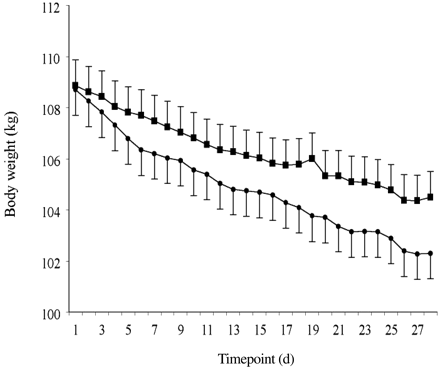“I’m allergic to exercise!!!”
I bet you’ve heard that phrase before or perhaps you even used it to get out of gym class in elementary school!
For the longest time, I thought it was just a figure of speech until last year when my friend was rushed to the hospital after running on the treadmill. In short, I learned that being allergic to exercise is a real condition known as exercise-induced anaphylaxis.
What is exercise-induced anaphylaxis?
Exercise-induced anaphylaxis is rare, affecting only 2% of the population; however, it can be potentially life-threatening. Although, this type of allergic reaction can occur either before or after physical activity, most cases occur after intense exercise, such as running. Nevertheless, don’t count light physical activity out. In fact, exercise-induced anaphylaxis can even occur after gardening!
What are the symptoms?
Although, the severity of exercise-induced anaphylaxis differs among individuals, the most common symptoms include: flushing of the skin, hives, swelling of the lips, abdominal pain, nausea, and vomiting. A combination of several other symptoms, such as swollen tongue, difficulty speaking, swallowing, and breathing, feeling weak, and falling unconscious can also occur in more severe cases. However, this doesn’t mean that you’re allergic to exercise just because your face is beet red and you’re out of breath after a ten-minute run!

Image of hives. Image: Blausen Medical
How does exercise trigger an allergic reaction?
The process is simple. Imagine the allergen (i.e. exercise) as a foreign invader. Once the invader enters your body, your immune system will produce immunoglobulin E antibodies to protect itself. The foreign invader will then bind to the antibodies causing mast cells to break open and release histamines. Histamines maneuver through your body to fight off the foreign invader and symptoms vary depending on where in the body histamines are released. For example, mast cells reacting in your nose will cause a runny nose.
Animation of anaphylaxis (0:00-2:32). Video: offworld | design + motion
Do people out grow it?
Exercise-induced anaphylaxis only recently became recognized as a ‘real’ condition. As a result, not many people know about it and more cases still need be studied to determine if it is a long-term condition or not.
If you ever experience a combination of those symptoms listed above, your doctor may recommend an allergy test. Moreover, if you’ve been diagnosed with exercise-induced anaphylaxis but you enjoy exercising, try lowering the intensity of your workout to decrease the chances of having an allergic reaction. Finally, always carry an EpiPen with you and remember “Blue to the sky and orange to the thigh!”





 picture courtesy: Daniel Koditschek
picture courtesy: Daniel Koditschek






